-
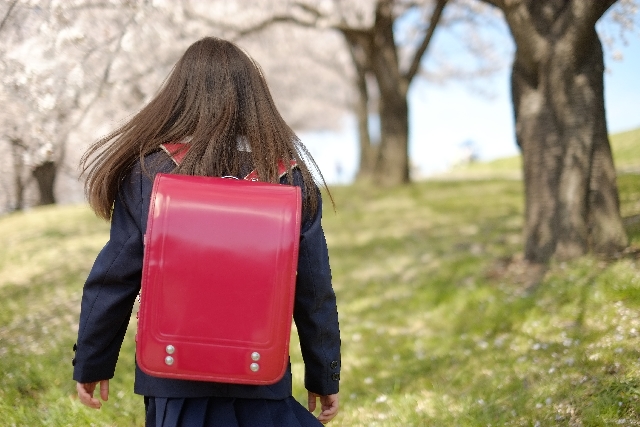
-
Randoseru: The Iconic Japanese School Backpack with Dutch Roots
backpack, childhood, Dutch influence, Education, history, Japanese culture, Language, randoseru, School Life, Tradition
If you walk through a Japanese neighborhood early in the morning, you’ll see small children in uniforms heading to school — each carrying the same box-shaped backpack. That backpack is called a “randoseru” (ランドセル). For many Japanese people, it’s a nostalgic symbol of childhood — and surprisingly, its name came from Dutch. From Dutch Soldiers to Japanese Schoolchildren The word randoseru is derived from the Dutch word “ransel”, meaning “backpack.” During the late Edo and early Meiji periods, Japan adopted many ideas from Western countries, including the Netherlands. The original ransel was a military backpack used by Dutch soldiers. ...
-
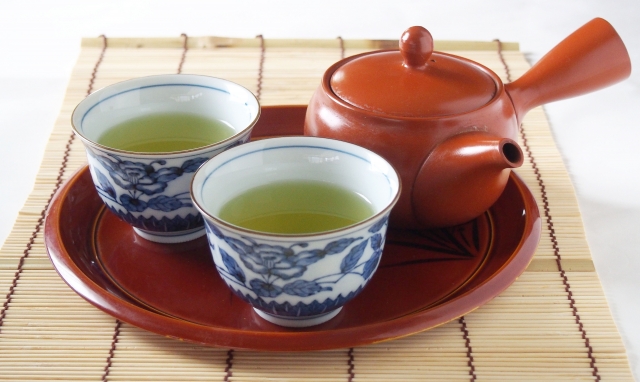
-
Tha fashion behind Green Tea
Green tea is definitely a typical drink for Japanese people, though actually coffee is quite competitively common in real life. Green tea has several forms such as ‘first harvest’, ‘second harvest’, ‘roasted’ which is caffeine-free, and ‘powdered’ known as ‘matcha’. Green tea in which roasted brown rice is blended is also popular for its toasty flavor. No way One thing that can be almost assured is that Japanese do not have idea of putting sugar in green tea. In fact, bottled green tea is more popular than brewing tea in the pot nowadays. You will find so many products of ...
-
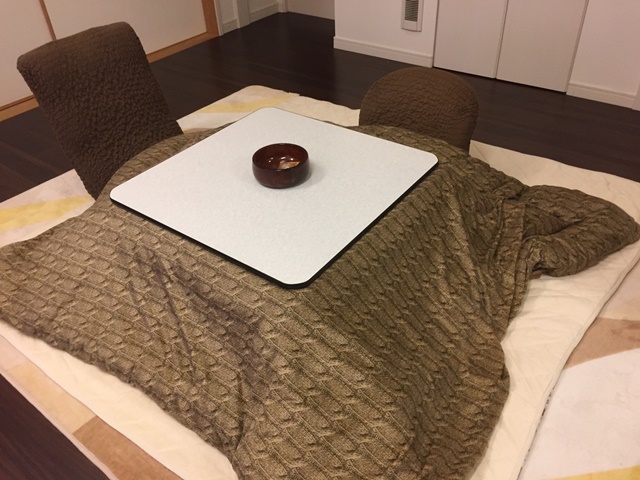
-
Kotatsu is comfortable and its charm is addictive! Winter's ultimate healing item?
The kotatsu is an ingenious way of keeping warm in winter. ‘Kotatsu’ is one of the heating equipment widely used in Japanese homes. It is actually one of the symbolic items of Japanese winter homey scenes. The uniqueness of Kotatsu is its build. Kotatsu structure The low table covered by a duvet or comforter upon which the tabletop is placed. Underneath the table, the heating source is attached so that it creates warm space within. To shut the cold arising from the floor, Kotatsu is usually set upon a carpet that fits the size of the Kotatsu. You ...
-
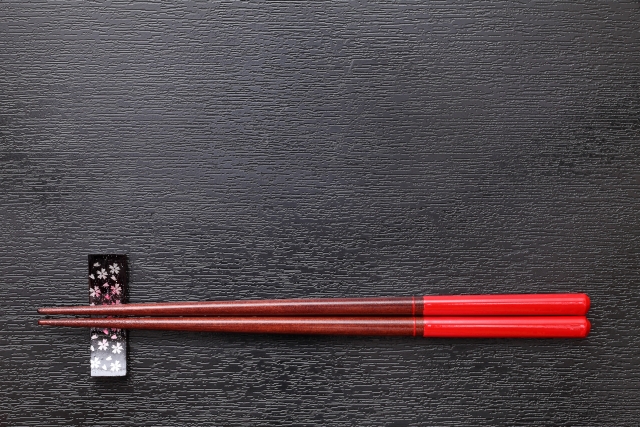
-
Chopsticks are the basis of Japanese culture
Nowadays Japanese cannot expect to see foreigners struggle with chopsticks. Many of them can use them with ease. But how many foreigners could tell the distinctiveness of Japanese chopsticks? At a glance, Japanese chopsticks have tapered tips unlike those of Chinese or Korean. Basically, they are made of wood or bamboo, hardly made of metals, and lacquered for smoothness and durability. Chopsticks have sizes that match you They have ‘sizes’ (allover length) categorized by men’s and women’s, and for children in different ages, responding to the length of their fingers -- your best size would be well-advised if you consult ...
-
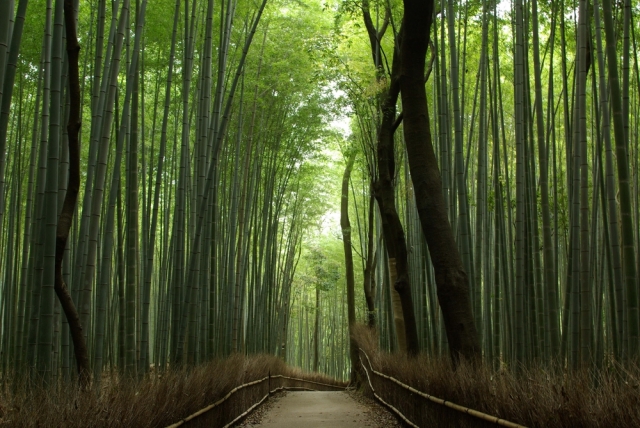
-
Japanese Bamboo: From Spring Delicacy to Symbol of Prosperity
Bamboo is one of the most beloved plants in Japan. It represents strength, purity, and growth, and appears in nearly every aspect of Japanese life — from cuisine to crafts and traditional New Year decorations. It’s also a sign of spring’s arrival, as young bamboo shoots begin to sprout across fields, marking a new season of renewal. Takenoko: The Taste of Spring Each spring, Japanese families look forward to harvesting takenoko, or baby bamboo shoots. These shoots grow incredibly fast — sometimes up to one meter per day! They’re dug up when only the tip appears above the soil, ...
-
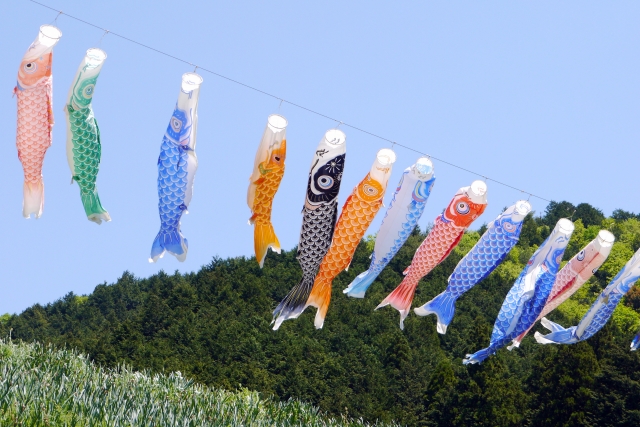
-
Koinobori: It seems that fish swimming in the sky is in Japan
In late April and early May, the skies of Japan are decorated with vibrant, fluttering carp streamers.These are called Koinobori, and they are displayed every year to celebrate Children’s Day on May 5th. Far more than just decorations, Koinobori carry deep symbolism, representing parents’ hopes for their children’s health, strength, and future success. Origin and Symbolism The tradition of Koinobori began in the Edo period (1603–1868), when samurai households displayed banners to celebrate the birth of boys.Over time, these evolved into carp-shaped streamers, inspired by a Chinese legend: A carp that bravely swims upstream and climbs a waterfall transforms into ...
